Marshmallows
$60.00
Marshmallows
Marshmallows are soft, fluffy confections made from sugar, water, and gelatin, whipped to a light and airy texture. Often enjoyed as a sweet treat on their own, they can also be toasted over a campfire, added to hot chocolate, or used in baking. With their delightful sweetness and pillowy consistency, marshmallows are a beloved snack for all ages, perfect for creating memorable moments around the fire or enhancing desserts.
Marshmallows
Marshmallows are a classic confectionery delight that has captured the hearts and taste buds of people around the world. These fluffy, sweet treats are traditionally made from a simple combination of sugar, water, and gelatin, which is whipped together to create a light and airy texture. The result is a pillowy confection that melts in your mouth, offering a delightful sweetness that appeals to both children and adults alike.
The history of mallows dates back to ancient Egypt, where they were originally made from the sap of the mallow plant, combined with honey and nuts. This early version of marshmallows was a delicacy reserved for the gods and the elite, showcasing the luxurious nature of the ingredients. Over time, the recipe evolved, and by the 19th century, the modern mallow we know today began to take shape. The introduction of gelatin as a stabilizing agent revolutionized the production process, allowing for mass production and the creation of the fluffy texture that defines marshmallows today. This innovation made marshmallows more accessible to the general public, transforming them from a rare treat into a beloved snack.
Marshmallows are incredibly versatile and can be enjoyed in a variety of ways. They are often used as a topping for hot chocolate, adding a creamy sweetness that complements the rich flavors of the drink. The sight of a steaming mug topped with fluffy marshmallows is a comforting image, especially during the colder months. Toasting marshmallows over an open flame is a cherished tradition, especially during camping trips or backyard bonfires. The process of roasting transforms the marshmallow’s exterior into a golden-brown crust while keeping the inside soft and gooey, making them perfect for s’mores—a classic treat made by sandwiching toasted marshmallows and chocolate between graham crackers. The combination of flavors and textures in s’mores creates a nostalgic experience that many associate with childhood memories and outdoor adventures.
In addition to their standalone appeal, marshmallows are commonly used in baking and dessert-making. They can be incorporated into recipes for rice crispy treats, cakes, and cookies, adding a chewy texture and sweet flavor. The iconic rice crispy treat, made by melting marshmallows and mixing them with crispy rice cereal, is a favorite among both kids and adults. Marshmallows can also be melted down to create fluffy frostings or used as a binding agent in various confections, such as fudge or chocolate bark. Their ability to hold air when whipped makes them an excellent ingredient for creating light and airy desserts.
With their delightful sweetness and unique texture, marshmallows have become a staple in many households. They are available in a variety of flavors, colors, and shapes, from classic white to vibrant fruit-flavored varieties, making them a fun addition to parties and celebrations. Seasonal marshmallows, such as pumpkin spice for fall or peppermint for winter, add a festive touch to holiday gatherings. The versatility of marshmallows allows them to be incorporated into themed desserts, such as ghost-shaped marshmallows for Halloween or heart-shaped ones for Valentine’s Day.
In recent years, the popularity of gourmet marshmallows has surged, with artisanal brands offering unique flavors and ingredients, such as chocolate-dipped marshmallows, infused with spices, or even vegan options made without gelatin. These innovative creations have expanded the appeal of marshmallows beyond traditional uses, making them a trendy treat for food enthusiasts. Flavors like lavender, matcha, and salted caramel have emerged, appealing to a more sophisticated palate and elevating the humble marshmallow to gourmet status.
Marshmallows also hold a special place in various cultural traditions and celebrations. In the United States, they are a staple at summer barbecues and campfire gatherings, while in other cultures, they may be used in specific desserts or rituals. Their light and fluffy nature symbolizes comfort and joy, making them a fitting addition to celebrations and gatherings.
In summary, marshmallows are more than just a sweet snack; they are a versatile ingredient that brings joy and nostalgia to countless culinary experiences. Whether enjoyed on their own, toasted over a fire, or incorporated into delicious desserts, marshmallows continue to be a beloved treat that evokes fond memories and creates new ones for generations to come. Their rich history, adaptability, and the sheer delight they bring make marshmallows a timeless confection that will remain a favorite for years to come.
The manufacturing process for marshmallows involves several key steps that transform simple ingredients into the fluffy, sweet confections we know and love. Below is a detailed overview of the typical steps involved in the production of marshmallows:
1. Ingredient Sourcing
- Sugar: Granulated sugar is the primary ingredient in marshmallows, providing sweetness and structure.
- Gelatin: This is a key ingredient that gives marshmallows their unique texture. It is typically derived from animal collagen or can be sourced as a plant-based alternative for vegan marshmallows.
- Water: Used to dissolve the sugar and hydrate the gelatin.
- Flavorings: Natural or artificial flavorings (such as vanilla) are added to enhance the taste.
- Corn Syrup: This ingredient helps prevent crystallization and contributes to the smooth texture of the marshmallows.
- Optional Ingredients: Additional ingredients may include food coloring, stabilizers, or emulsifiers.
2. Preparation of Gelatin
- Blooming: Gelatin is first hydrated by mixing it with cold water. This process, known as blooming, allows the gelatin to swell and dissolve properly when heated.
3. Cooking the Sugar Mixture
- Sugar Syrup Preparation: In a large cooking kettle, sugar, corn syrup, and water are combined and heated. The mixture is brought to a boil, and the temperature is monitored until it reaches the desired consistency (usually around 240°F or 115°C, known as the soft-ball stage).
- Incorporating Gelatin: Once the sugar syrup reaches the correct temperature, the bloomed gelatin is added to the hot syrup. The heat helps dissolve the gelatin completely, ensuring a smooth mixture.
4. Whipping the Mixture
- Mixing: The hot sugar and gelatin mixture is transferred to a large mixing bowl or a commercial mixer. It is then whipped at high speed. This process incorporates air into the mixture, causing it to expand and become light and fluffy. The whipping process can take anywhere from 10 to 20 minutes, depending on the desired volume and texture.
- Flavoring and Coloring: During the whipping process, flavorings and any desired food coloring are added to the mixture, ensuring even distribution.
5. Molding
- Preparing the Molds: While the mixture is being whipped, molds are prepared. They are typically lined with a mixture of cornstarch and powdered sugar to prevent sticking.
- Pouring the Mixture: Once the marshmallow mixture has reached the desired consistency, it is poured into the prepared molds. The mixture is spread evenly to fill the molds completely.
6. Setting and Cooling
- Resting: The filled molds are allowed to sit at room temperature for several hours or overnight. This resting period allows the marshmallows to set and firm up as the gelatin cools and solidifies.
- Cooling: In some production facilities, the molds may be placed in a temperature-controlled environment to ensure even cooling.
7. Cutting and Coating
- Demolding: Once set, the mallows are removed from the molds. This is done carefully to avoid breaking or damaging the mallows.
- Cutting: The large slab of marshmallow is cut into individual pieces using a sharp knife or a specialized cutting machine. The size of the pieces can vary based on product specifications.
- Coating: The cut marshmallows are often dusted with a mixture of cornstarch and powdered sugar to prevent them from sticking together. This coating also enhances the texture and appearance.
8. Packaging
- Quality Control: Each batch of marshmallows undergoes quality control checks to ensure they meet standards for size, texture, and flavor.
- Packaging: The marshmallows are then packaged in moisture-proof bags or boxes to maintain freshness. Packaging is designed to be both functional and visually appealing, often featuring branding and product information.
9. Distribution
- Shipping: The packaged marshmallows are distributed to retailers, online stores, and other sales channels. Manufacturers often have established logistics networks to ensure timely delivery.
10. Post-Sale Support
- Customer Feedback: After the product is on the market, manufacturers may collect customer feedback to improve future batches and address any concerns. This feedback loop is essential for maintaining quality and customer satisfaction.
Conclusion
The manufacturing process of mallows is a carefully coordinated effort that combines high-quality ingredients, precise techniques, and rigorous quality control. Each step is designed to ensure that the final product is not only delicious but also safe for consumption and retains the desired fluffy texture that makes marshmallows a beloved treat. The focus on quality and consistency throughout the process
Uses of Marshmallows:
-
Standalone Snack: Marshmallows are often enjoyed on their own as a sweet treat. Their fluffy texture and sugary flavor make them a popular snack for both children and adults.
-
Toasting: One of the most beloved ways to enjoy marshmallows is by toasting them over an open flame. This process caramelizes the sugar on the outside, creating a crispy, golden-brown exterior while keeping the inside soft and gooey.
-
S’mores: Marshmallows are a key ingredient in the classic campfire treat known as s’mores, which consists of toasted marshmallows and chocolate sandwiched between two graham crackers. This combination is a favorite for outdoor gatherings and camping trips.
-
Hot Chocolate Topping: Marshmallows are commonly used as a topping for hot chocolate, adding a sweet and creamy element to the warm beverage. They melt slightly, creating a delightful texture and flavor contrast.
-
Baking Ingredient: Marshmallows can be incorporated into various baked goods, such as rice crispy treats, cookies, brownies, and cakes. They add sweetness, moisture, and a chewy texture to these desserts.
-
Frosting and Fillings: Melted marshmallows can be used to create fluffy frostings or fillings for cakes and pastries. They can also be combined with other ingredients to make marshmallow fluff, which is often used in desserts.
-
Decorative Element: Marshmallows can be used as a decorative element in desserts, such as cupcakes or cakes, adding a whimsical touch. They can be shaped or colored to fit various themes and occasions.
-
Cereal Treats: Marshmallows are a key ingredient in popular cereal treats, such as rice crispy treats, where they are melted and mixed with crispy rice cereal to create a chewy, sweet snack.
-
Gourmet and Artisanal Products: In recent years, gourmet marshmallows have gained popularity, featuring unique flavors, colors, and ingredients. These artisanal marshmallows can be enjoyed as a luxury treat or given as gifts.
Properties of Marshmallows:
-
Texture: Marshmallows are characterized by their light, fluffy, and airy texture, which is achieved through the incorporation of air during the whipping process. This unique texture makes them soft and chewy.
-
Sweetness: Marshmallows are primarily made from sugar, which gives them their signature sweetness. The level of sweetness can vary based on the recipe and additional flavorings used.
-
Ingredients: Traditional marshmallows are made from sugar, water, gelatin, and corn syrup. Some variations may include flavorings, colorings, and stabilizers. Vegan marshmallows are made using plant-based gelling agents, such as agar-agar.
-
Melting Properties: When heated, marshmallows melt and become gooey, making them ideal for toasting and incorporating into desserts. This melting property is what makes them a favorite for s’mores and hot chocolate.
-
Versatility: Marshmallows can be flavored and colored in various ways, allowing for a wide range of products. They can be found in classic vanilla, chocolate, fruit flavors, and seasonal varieties.
-
Shelf Stability: Marshmallows have a relatively long shelf life when stored properly in a cool, dry place. Their low moisture content helps prevent spoilage, making them a convenient treat to keep on hand.
-
Nutritional Content: While marshmallows are primarily composed of sugar, they are low in fat and protein. They provide a quick source of energy but should be consumed in moderation due to their high sugar content.
-
Cultural Significance: Marshmallows hold a special place in various cultural traditions and celebrations, often associated with camping, holidays, and family gatherings. Their nostalgic value adds to their popularity.
In summary, marshmallows are a versatile and beloved treat that can be enjoyed in numerous ways. Their unique properties, including their fluffy texture, sweetness, and melting characteristics, make them a staple in many households and a favorite ingredient in a variety of desserts and snacks.
Be the first to review “Marshmallows” Cancel reply
Related products
Uncategorised
Uncategorised
Uncategorised
Uncategorised

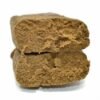

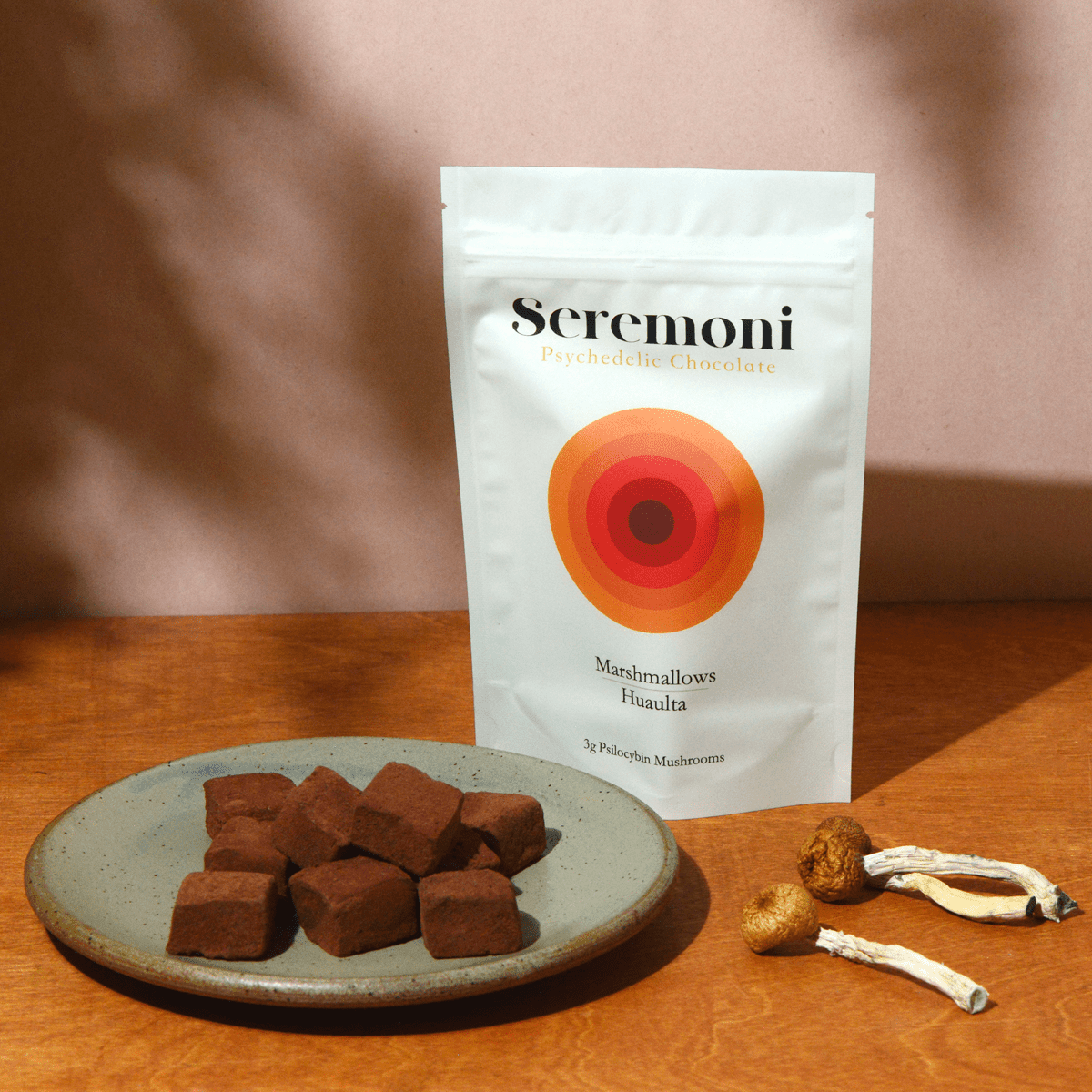

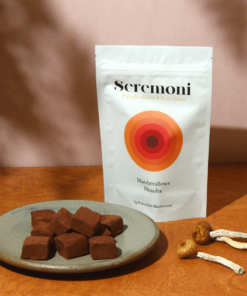
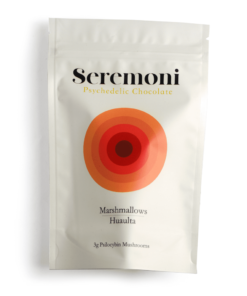




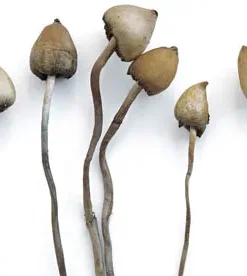

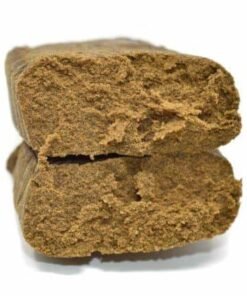
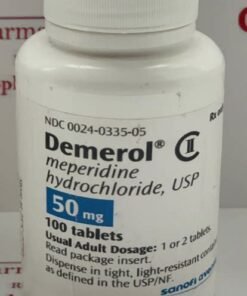
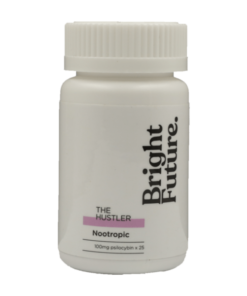
Reviews
There are no reviews yet.